Emergency? Part 4
Legal Planet
JULY 25, 2023
At CLEE, we are doing quite a bit of work to promote reduction of methane emissions from all sectors (agriculture (livestock and rice), energy (oil & gas and coal), waste (landfills and sewage)). animal stomachs, shale gas formations, piles of food waste). Next time: ending deforestation. C of warming by 2050.


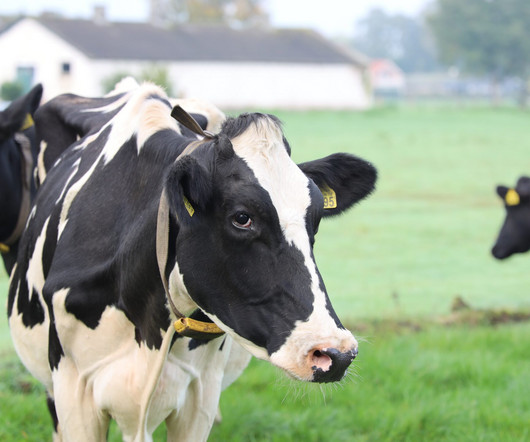
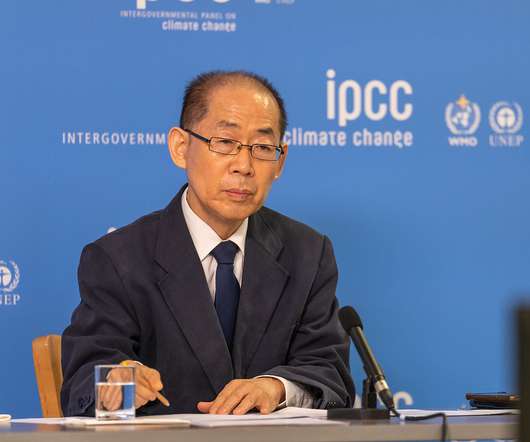
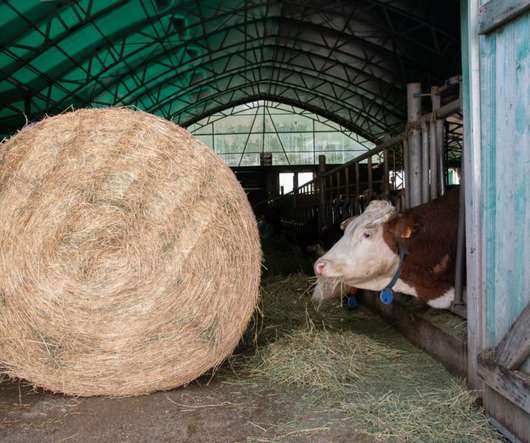
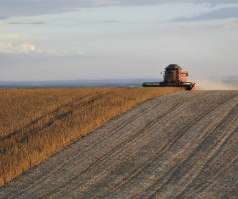
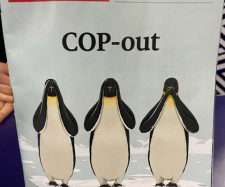



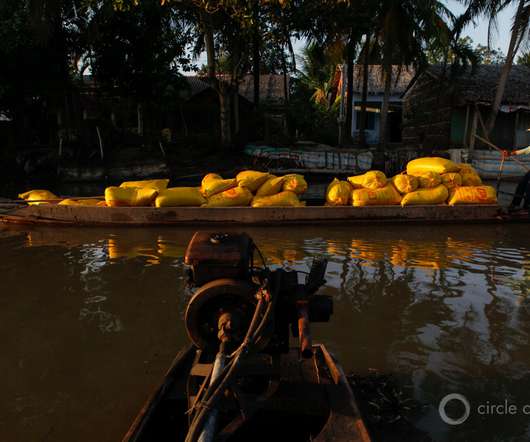

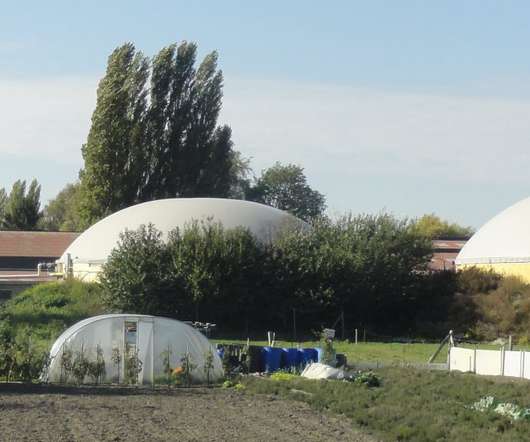
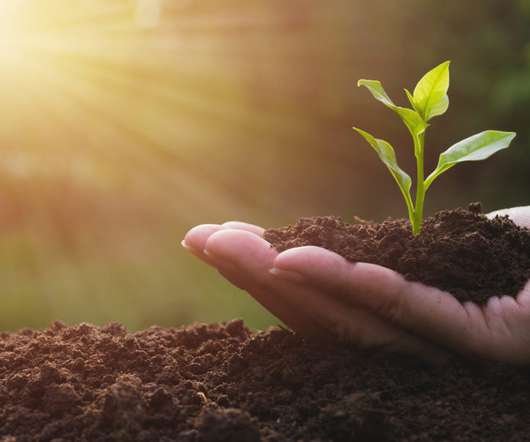
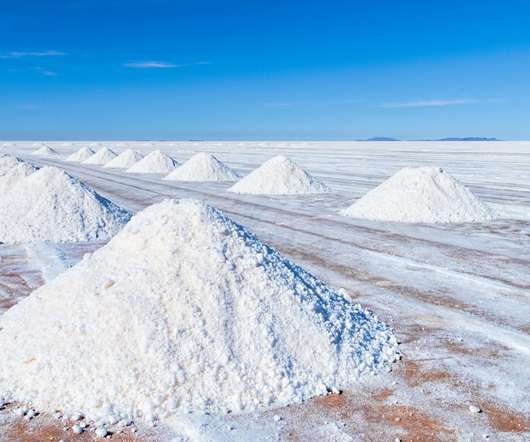









Let's personalize your content